питание
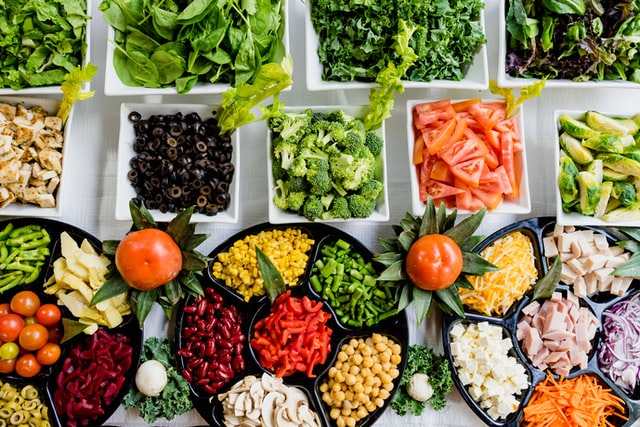
Living OffGrid предлагает различные методы производства продуктов питания..
This does not mean you need to live of your land all the time, but you should have the option to do so if necessary. Feeding a bigger family that way can be a challenge at first. Start small and easy, then scale it up slowly.
Growing
Вы можете выращивать все виды овощей, фрукты, травы, грибы и злаки. Local climate and conditions can be enhanced with greenhouses and watering systems. Что именно вы можете вырастить и что обеспечит разумный урожай, очень зависит от вашего местоположения. Приспосабливаться к местной культуре - это разумный выбор.
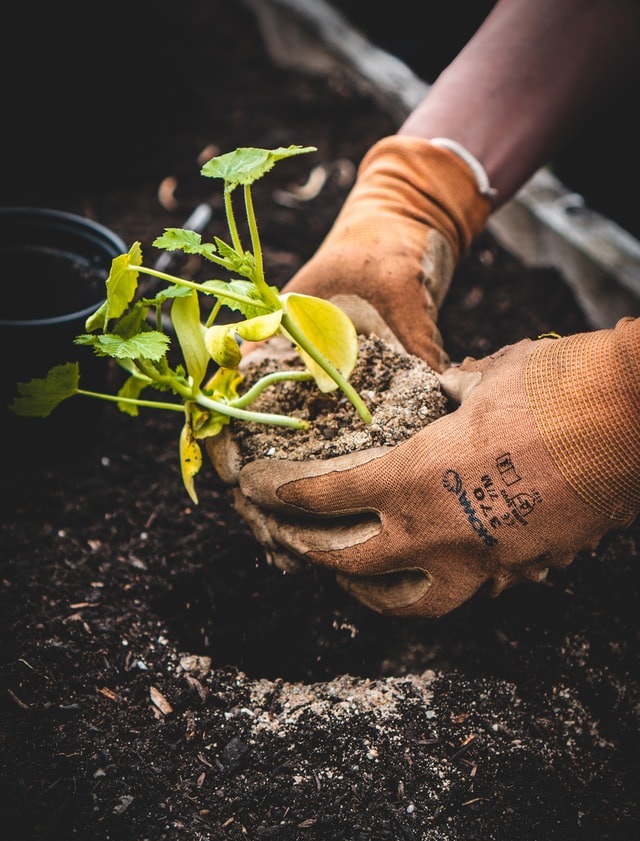
Basic Vegetable Growing Guide
1. Choose the right location
Choose a location for the garden that has plenty of sun, ample space and close proximity to your hose or water source. Find a level area to help prevent erosion.
2. Select your veggies
Decide what produce to include based on your climate, space, tastes and level of expertise. Newcomers may want to consider some of the easier crops to grow, like carrots, beans, cucumbers, peppers and lettuce.
3. Prepare the soil
Mix compost and natural fertilizers into your garden to condition the soil for your plants. Garden-supply stores can test the acidity of your soil and recommend supplements, or you can simply purchase specially made soil in bulk.
4. Check planting dates
Growing conditions and ripening cycles are different depending on the plant and the season, so you should not sow all the seeds at the same time. Planting dates can be found on seed packets. Review the ideal conditions for each veggie you want to plant.
5. Plant the seeds
Place your seeds or plants into the soil, following the depth and spacing directions carefully.
6. Add water
Gently spray the garden with water to keep the soil evenly moist throughout the growing season. Purchase a spray nozzle for your hose so you can create a gentle rain-like mist for your garden.
7. Keep the weeds out
Mulching is the most effective way to prevent weeds. Add a 2- to 4-inch-thick layer of organic mulch to your garden to keep the weeds from overtaking your crops. If weeds do appear in the garden, grab them low on their stems and yank sharply, making sure to extract the entire root.
8. Give your plants room to grow
Check the spacing recommendations on the seed packets and be sure to remove crowded seedlings right away.
9. Fertilize as needed
Lightly till the soil by hand and add fertilizer to keep it rich. You can purchase prepared garden fertilizer or make your own from items like Epsom salt, eggshells, fish tank water and kitchen compost.
10. Harvest
Harvest vegetables when they’re young and tender, but only pick them when you plan to use them. Pull root crops as soon as they reach edible size. Collect leaf crops by cutting them to within 2 дюймы (5 cm)of the ground. Finally, enjoy your harvest!
Vegetable growing difficulty
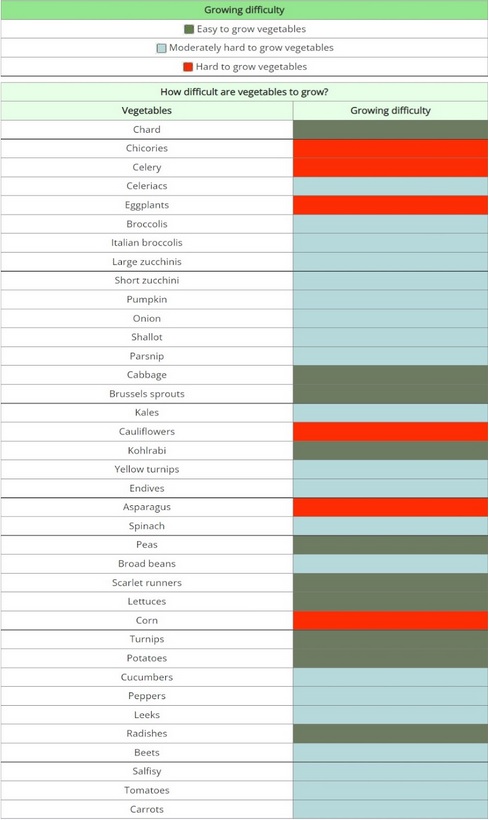
Ягоды.. Простой, Здоровый, Вкусно !
Detailed Project Post about: Ягоды.. Простой, Здоровый, Вкусно !
Read more on -> Ягоды.. Простой, Здоровый, Вкусно !
Домашний скот
Помимо выращивания пищи, домашний скот является жизнеспособным вариантом.
Они могут варьироваться от “легко и без работы” кролики в “сложный, challenging and many man hours” Cows. Куры, Утки, Гусь, и кролики хороший выбор. Они обеспечивают качественное мясо небольшими порциями, no need to worry about cooling 400kg of steak for the next 3 months. Their upkeep can usually be sourced from your local land. These are rather safe, even to very young children and the slaughtering is not complicated as with larger animals.
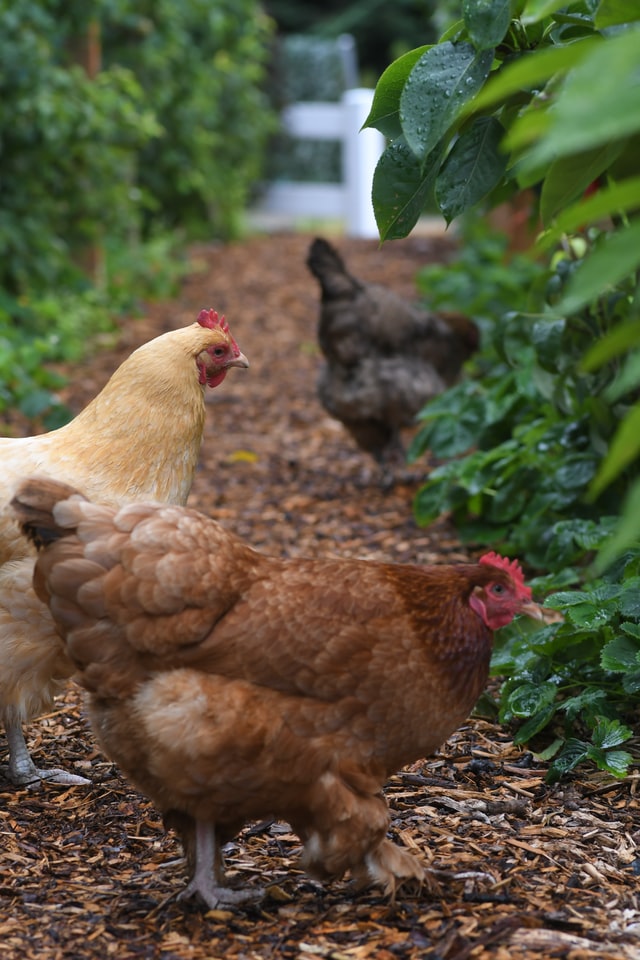
Microgreens
Микрозелень — это овощная зелень, которую обычно выращивают всего неделю или две., until the stage of cotyledon leaves have developed or first set of true leaves.
Их действительно легко выращивать даже новичку, и они требуют не так много. Basically you need some tray/dish with some kind of medium from soil to even just piece of paper and water. Also you need the seeds and light.
Here is a great example of a basic microgreen project.
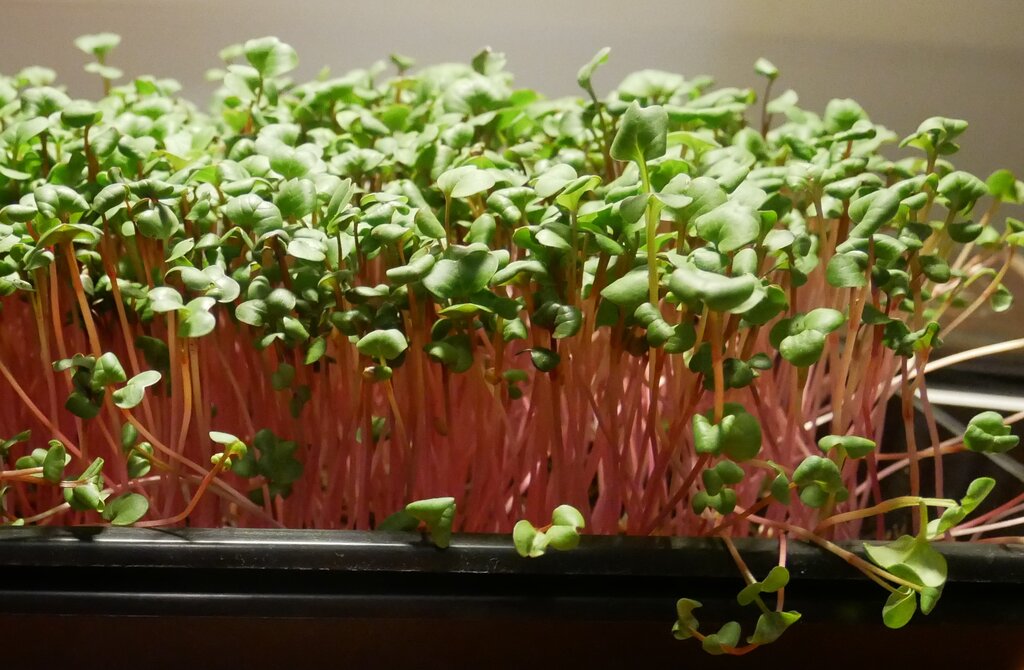
Хранение продуктов
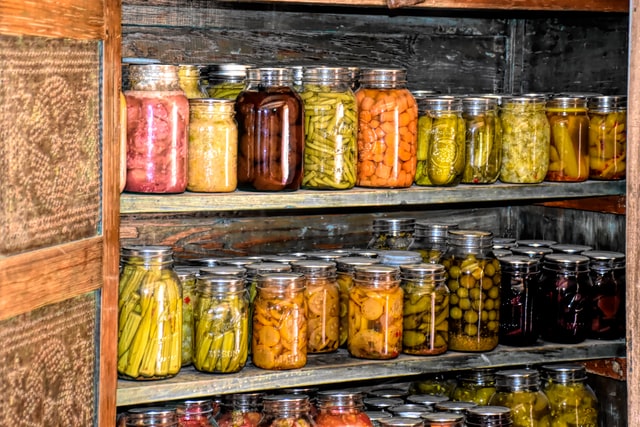
Многие факторы влияют на срок годности пищи: высокая температура, светлый, влажность, и так далее. Однако самым важным фактором является сама еда. Некоторые продукты просто дольше, чем другие, независимо от условий хранения. If need be food can last up to 30 лет при правильном хранении. Пища, которая герметично запечатана в любой банке, стеклянные банки, or Mylar bags with oxygen absorbents have a longer shelf-life than the same foods that are conventionally packaged.
Food with long shelf-life
- Сушеный рис
- Сушеная фасоль
- Сушеные бобы пегой лошади
- Сушеные черные бобы
- Сушеные макароны
- Соль
- Необработанный мед
- сахар
- белый уксус, яблочный уксус
- Кукурузный крахмал
- Я ива
- Чистый ванильный экстракт
- Пищевая сода
- Куриные бульонные кубики и Говяжьи бульонные кубики
- Сырой какао-порошок
- Кукурузный сироп
- Попкорн
- Сухие картофельные хлопья быстрого приготовления
- Овсяная каша
- Чайные пакетики
- Чечевица сушеная
- коричневый сахар
- Сухое сухое молоко
- Быстрорастворимый кофе
Food preservation
Food preservation is about the ways and means which help to preserve food. Food spoils from bacteria if it is not treated. For thousands of years, humans have used methods of preserving food, so that they can store food to eat later. The simplest methods of preserving food, such as drying strips of fish or meat in the hot sun have been used for thousands of years, and they are still used today by indigenous peoples. The other ancient method is to use salt, and often drying and salting are done together.
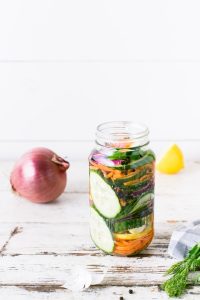
Food is spoiled because microorganisms change it. There are five basic techniques which make food last longer:
1) Killing the microorganisms, or preventing them from multiplying
2) Contact of microorganisms with food is prevented
3) Certain additives prevent or slow the growth of microorganisms; this is often called curing
Usually several of the techniques are combined.
Methods of preserving food
Common ways of preserving food are:
- Heating the food or baking it (a hard corn-flour biscuit stays edible much longer than a bowl of fresh corn)
- Pasteurization: Louis Pasteur found that simply heating food kills most microorganisms and makes it last longer. Liquids such as milk are commonly pasteurized. Однако, the heating has to be done precisely according to a procedure
- Converting the food into a longer-lasting form (например, fresh goat’s milk can be converted into cheese or yogurt, which lasts much longer than fresh milk)
- Pickling: putting vegetables, meat, or fish in salty water (brine). Salting the food: Covering it with dry salt
- Putting the food in a jar with alcohol (ethanol) or vinegar, also called pickling
- Putting large amounts of sugar into the food (например, as with jam or fruit jarred in sugar and water)
- Drying in the sun or in an oven
- Smoking the food with the smoke from burning wood. Usually, this is done to food that was salted first.
- Keeping the food cold or frozen, including freeze-drying
- Adding other preservatives such as sorbates (sorbic acid), sulfides and nitrites.
(1) https://simple.wikipedia.org/wiki/Food_preservation